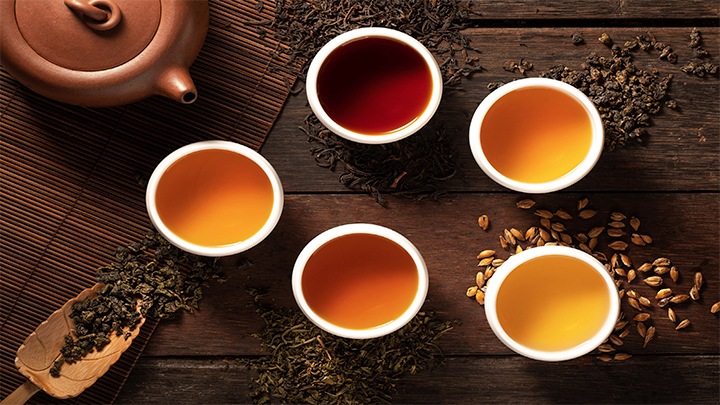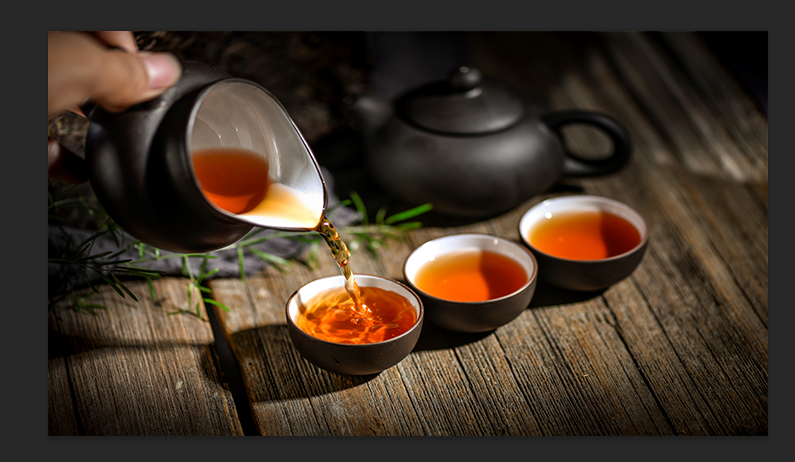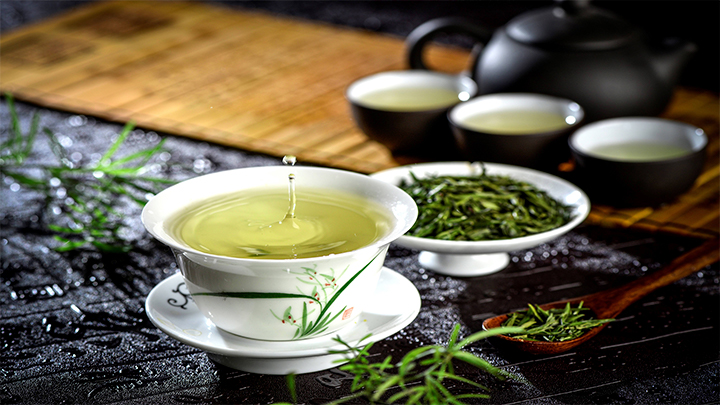Differences Between Black Tea and Green Tea
Black and green teas are two of the most popular teas in the world, each with a unique flavor, health benefits, and cultural significance. While both are made from the leaves of the tea tree, differences in processing, taste, and appearance are what set them apart. 1. The main difference between green tea is that it has minimal oxidation. After the leaves are harvested, they are quickly steamed or pan-fired to prevent oxidation, which retains their green color and fresh grassy flavor. The leaves are then rolled up to dry. Black tea undergoes complete oxidation, a key step that distinguishes them from green tea. After the leaves are picked, they are wilted and then rolled up, which breaks cell walls and exposes enzymes to oxygen. This oxidation process turns the leaves dark brown or black and produces the rich, rich flavor of the tea leaves. After oxidation, the leaves are dried to stop the process and preserve the tea leaves.
2. Flavor characteristics
-
Green tea : Compared to black tea, green tea typically has a lighter, more savory flavor. Its flavor can range from sweet and floral to grassy or botanical, depending on the variety and origin. It is often described as fresh and refreshing, with a subtle sweetness and a slightly astringent aftertaste.
-
Black tea : Black tea has a stronger, more intense flavor characteristics. Depending on the specific type of black tea, it can range from malty and sweet to brisk and astringent, with flavors of fruit, spice, and even smoky. Black tea typically has a fuller body and richer flavor when compared to green tea. 3. Caffeine Content
-
Green Tea : Green tea typically contains less caffeine than black tea. On average, a cup of green tea has about 20-45 mg of caffeine, depending on the variety and brewing time. Black tea is generally higher in caffeine, averaging about 40-70 mg per cup. This makes it a popular choice for those seeking a more substantial energy boost. 4. Health Benefits Green tea is rich in antioxidants, especially catechins, and is believed to have many health benefits, including improved brain function, helping with weight loss, and reducing the risk of heart disease. The lower caffeine content also makes it a suitable choice for people who are sensitive to caffeine. Black Tea: Black tea also contains antioxidants, although in a different form than green tea, such as theaflavins and thearubin. These compounds have been linked to health benefits, such as improved heart health, reduced cholesterol levels, and improved gut health. The higher caffeine content helps improve alertness and concentration. 5. Appearance
-
Green Tea : The leaves of green tea remain green due to minimal oxidation. When brewed, the tea usually has a light yellow or green color. Black Tea: The leaves of black tea are dark brown or black due to complete oxidation. The brewed tea is usually dark amber or reddish brown. 6. Cultural and Consumption Differences
-
Green Tea : Green tea is particularly popular in East Asia, especially in countries such as China and Japan, where it is an integral part of cultural practices such as the Japanese tea ceremony. Black Tea: Black tea is widely consumed in Western countries and is often enjoyed with milk, sugar or lemon. It is the basis of popular blends such as English breakfast and Earl Grey, and is the main type used for iced tea in many parts of the world. 7. Conclusion While both black and green teas offer different experiences in terms of flavor, health benefits, and cultural significance, the choice between them often depends on personal preference. Whether you prefer the light, fresh flavor of green tea or the rich, full-bodied flavor of black tea, both teas have unique qualities.
-
-
-




